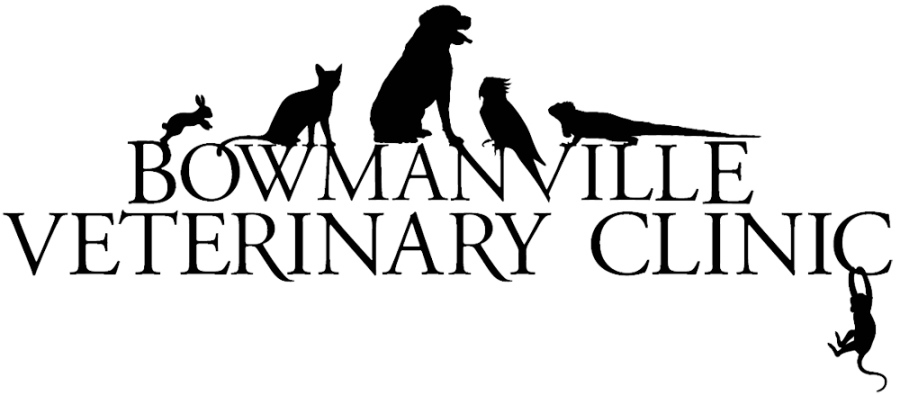 |
| Barred Owl - Actual Patient |
For
as long as I can remember the Bowmanville Veterinary Clinic has provided the
community service of helping injured and orphaned wildlife at no cost. I
started working at this clinic over 30 years ago and the wildlife assistance we
provided was minimal. Over the years this service has expanded greatly and for
the last several years we have seen approximately 250 cases a year! The work we
provide is at no charge to the person who finds the wild life; we do however
accept donations for their care.
In
1997 the Government of Ontario, through the Ministry of Natural Resources,
issued the Wildlife Custodian Act. This act was implemented to protect and
regulate the care of injured and orphaned wildlife. The clinic felt we should continue
providing this service and have continued to apply yearly for our Wildlife
Custodian Authorization. Our authorization is limited to birds and small mammals;
we are not permitted to accept rabies vectors such as raccoons, skunks, bats or
foxes.
Every
animal that is brought to us is documented in three ways
- Wildlife admit sheet which
requires the person’s name that brought the animal in as well as any
pertinent information. This information also includes the address where
the animal is found so that releasable animals can be released in the
vicinity they were found.
- A case sheet that outlines
each individual’s specific care and recommended diagnostics, feeding and medications.
Animals that stay at the clinic for any period of time are examined by the
attending veterinarian, weighed daily, medicated as needed, fed the diet
specific to their needs-we have had to go shopping many times for smelt or
fresh fish etc. depending on the creature we have at the clinic. Each
carrier is cleaned daily or many times daily if necessary. Most of the
wildlife we see also requires day long heat lamps to keep them warm and to
encourage eating.
- A log book provided by the
Ministry to document every animal that is admitted and the end result of
their care i.e. released, transferred to long term care facility or
euthanasia. All wildlife brought to us is examined by a veterinarian. The
veterinarian will determine the next step for each individual whether that
is re-release, x-rays, pain management etc. Unfortunately in many cases
the animal is so severely injured or compromised that the veterinarian
determines humane euthanasia as that animal’s outcome. The wildlife act
clearly states that –“the wildlife custodian shall only provide
rehabilitation or care to a specimen of authorized wildlife that has a
reasonable chance of surviving in the wild following its rehabilitation or
care.” This does cause some concern from the public as many “Good
Samaritans” bond very quickly with the wildlife they find and are upset if
they must be euthanized.
In
the “old days” we did the best we could with staff volunteers taking the
orphaned creature’s home or euthanizing the ones that unfortunately could not
be released. At one point not that long ago we had 19 orphaned squirrels in our
care. Fun, but a lot of work. Work, that became too much for the staff to do on
top of our other demanding veterinary duties. We are fortunate to have in this
area several great long term rehabilitation facilities. We now work most closely
with Shapes of Hope in Pefferlaw and Sandy Pines Wildlife Centre in the Napanee
area. If the veterinarian determines that the animal is ready to go to a long
term center we make arrangements for transport. For this we rely on “angels” or
volunteer drivers. There is also an excellent website
– www.ontariowildliferescue.ca that can help direct people for specific species.
At
the Bowmanville Veterinary Clinic we are very proud to provide wildlife
rehabilitation services; we are one of the only veterinary clinics in this
region to do so. It is a very interesting part of what we do day to day. Yes it
costs a lot in time and expenses but it is something we feel is essential for
the “wild” creatures that come through our doors.
Diane, Registered Veterinary Technician
Bowmanville Veterinary Clinic

